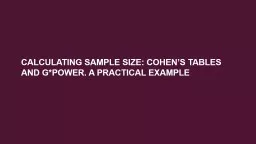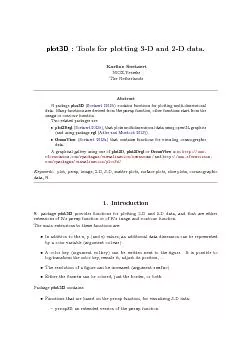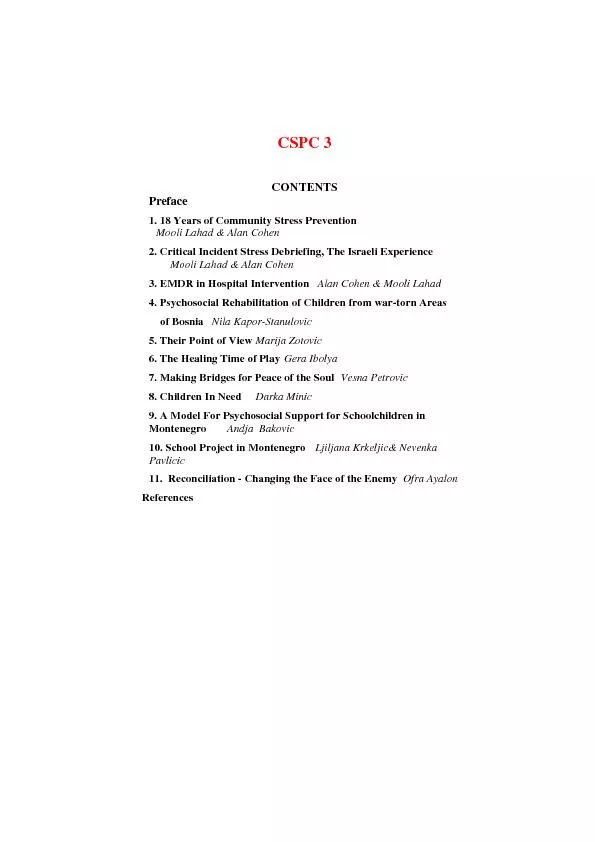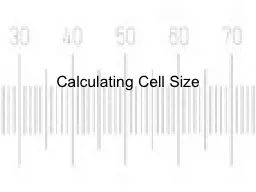PPT-Calculating Sample Size: Cohen’s Tables and G*Power. A practical example
Author : bethany | Published Date : 2021-12-09
Sample 4 Females 43 Work on management positions 14 Variable One 22 Variable Two 31 Variable Three 34 Variable Four 39 Variable Five 2 in 5 Additional Descriptive
Presentation Embed Code
Download Presentation
Download Presentation The PPT/PDF document "Calculating Sample Size: Cohen’s Table..." is the property of its rightful owner. Permission is granted to download and print the materials on this website for personal, non-commercial use only, and to display it on your personal computer provided you do not modify the materials and that you retain all copyright notices contained in the materials. By downloading content from our website, you accept the terms of this agreement.
Calculating Sample Size: Cohen’s Tables and G*Power. A practical example: Transcript
Download Rules Of Document
"Calculating Sample Size: Cohen’s Tables and G*Power. A practical example"The content belongs to its owner. You may download and print it for personal use, without modification, and keep all copyright notices. By downloading, you agree to these terms.
Related Documents














